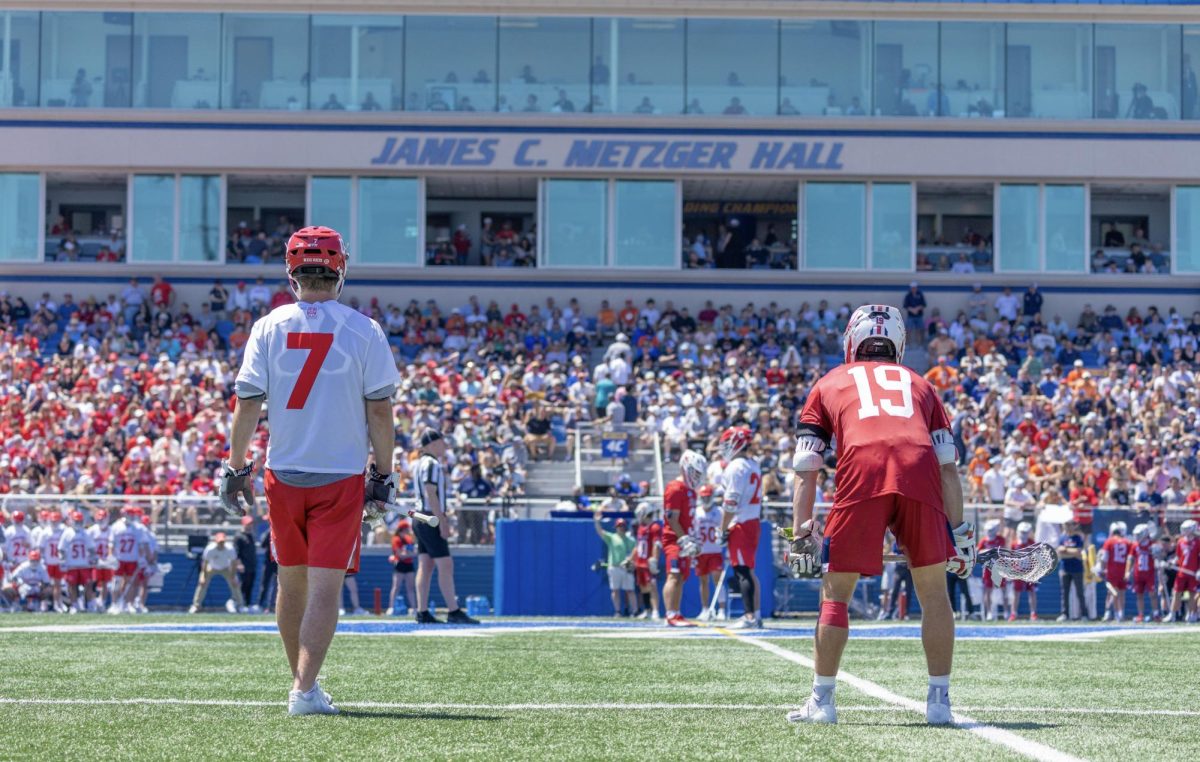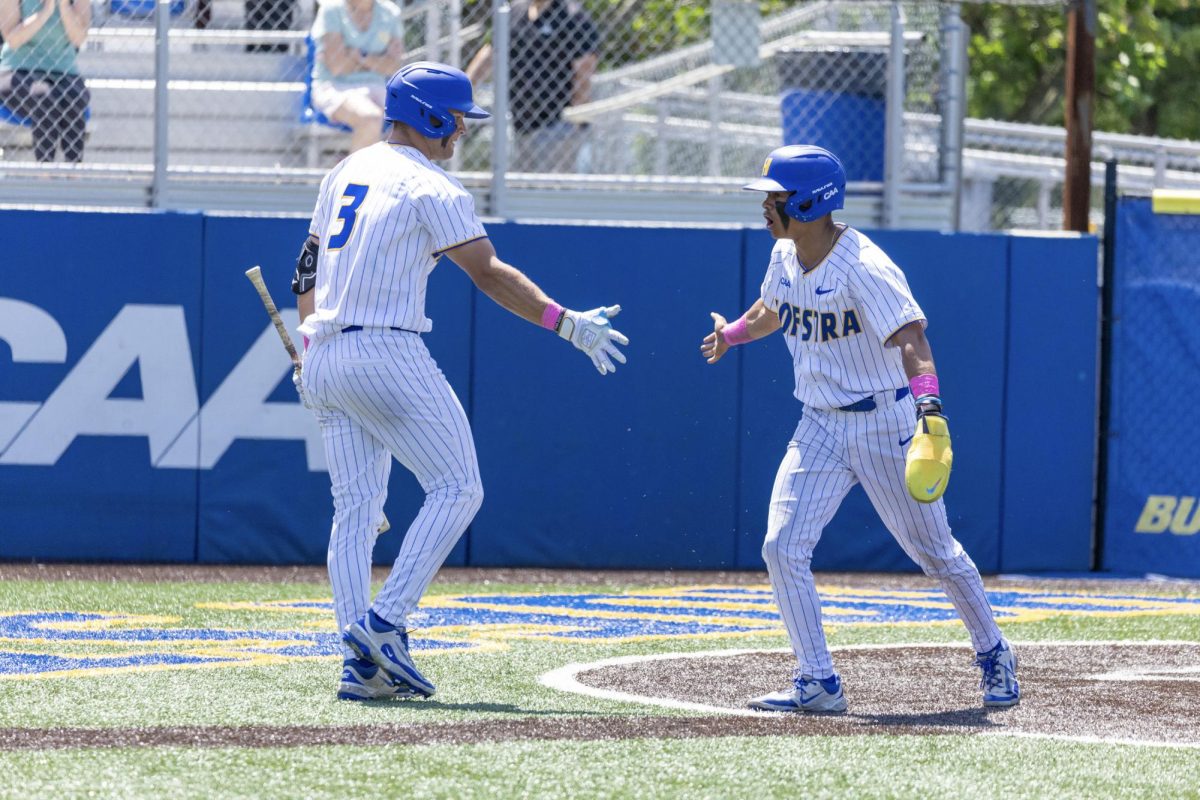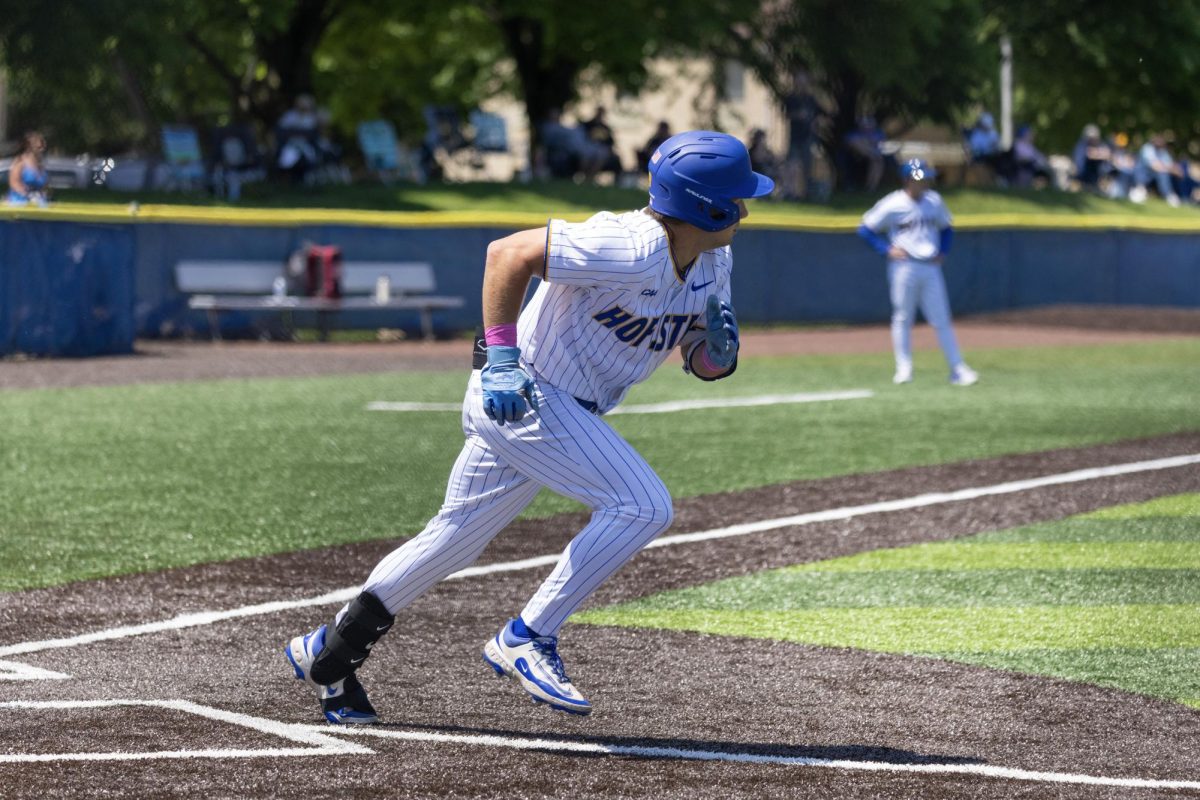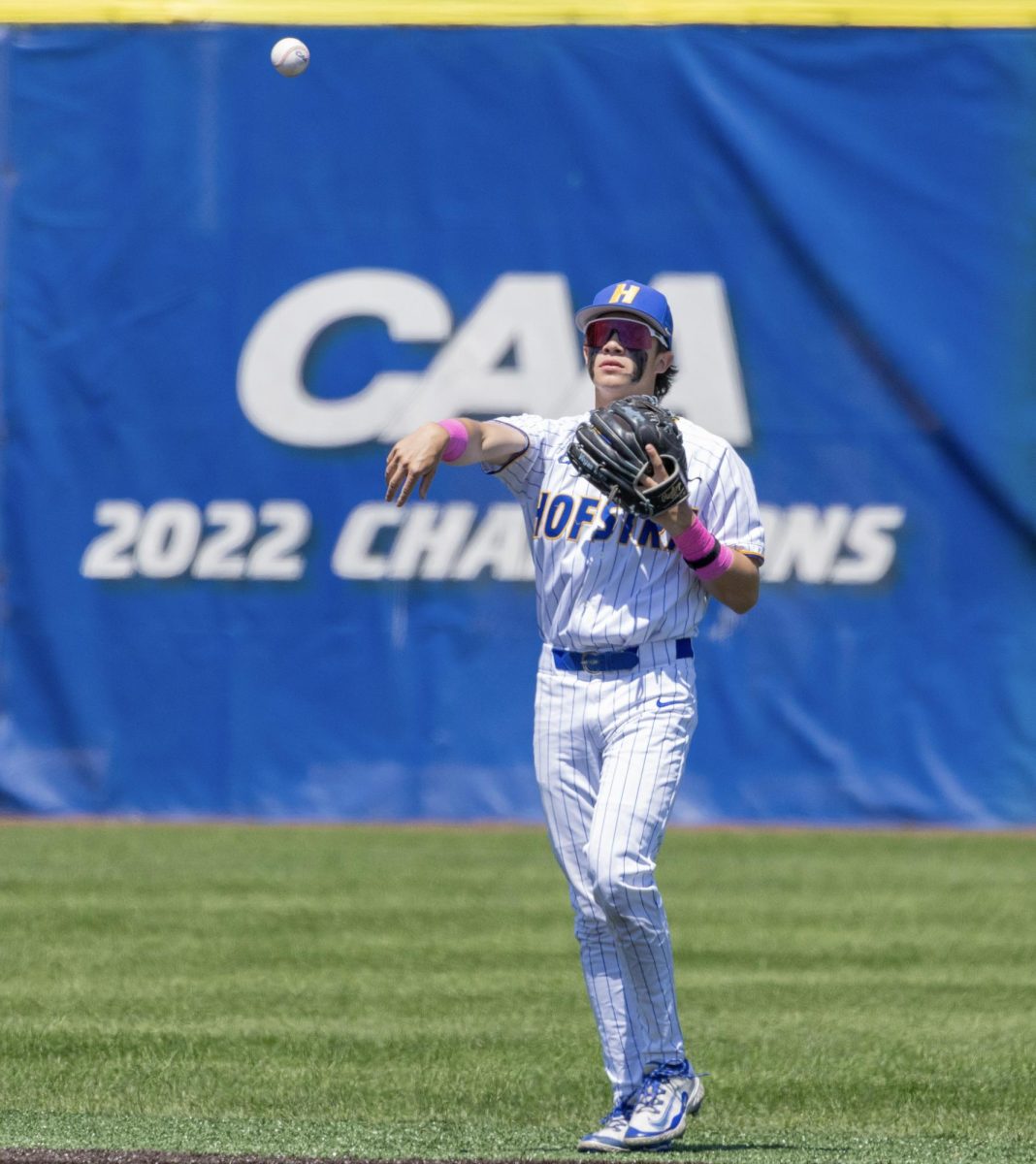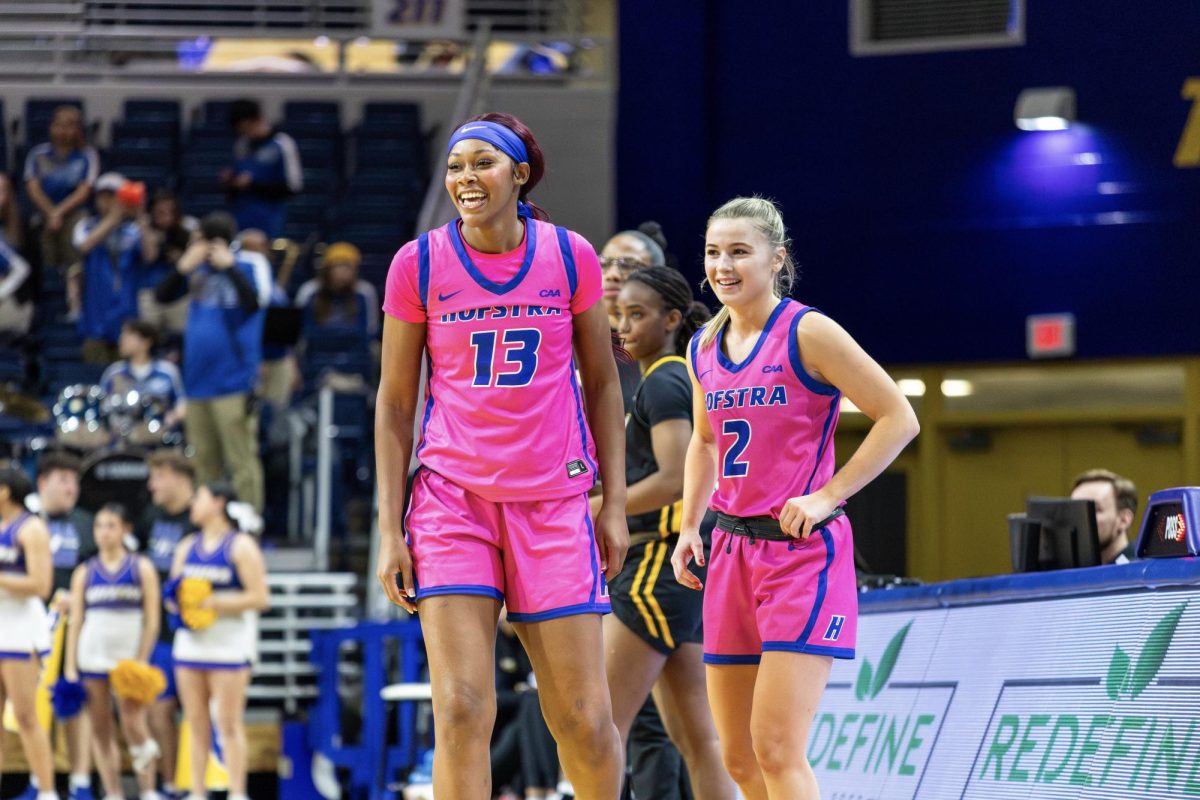The views and opinions expressed in this article are those of the author and do not necessarily express those of the Hofstra Chronicle.
Each NFL offseason is filled with plenty of stories and controversy. Whether it’s legal battles with all-time greats, contract holdouts with stars or even an ad featuring a player who isn’t employed by the league anymore, the NFL has had its fair share of controversial storylines. This season, the NFL’s biggest storyline doesn’t center around a player or team, but a rule change that could ultimately impact the landscape of the entire game.
In March, the NFL unveiled a new rule to enforce player safety and continue to limit concussions and Chronic Traumatic Encephalopathy (CTE). Playing Rule Article 8, cited in the NFL’s new bylaws, states, “It is a foul if a player lowers his head to initiate and make contact with his helmet against an opponent. The player may be disqualified. Applies to any player anywhere on the field.”
With football being a historically violent game, many players were critical of the NFL’s rule and the broadness of its interpretation. The entire Philadelphia Eagles defense met with referees to go over what kind of hits would be considered illegal with the new helmet rule and left the meeting even more confused. The preseason itself has been a prime example, with referees calling what seem like routine plays as illegal according to the new rule. Heading into week three of preseason, referees have flagged players 51 times for violation of the helmet rule. Many fans argue that the integrity of their beloved game is being attacked. Some fans have even gone to say that the new helmet rule will bring an end to football itself.
Even with all the NFL players and fans angry about the new rule, it is important to realize what started this whole process. What caused the National Football League, a league based on violence and fundamentals, to suddenly stray from its roots and go the safety route? The answer is as complex as the new rules themselves.
It goes back to 2011.
The NFL and NFL Players Association (NFLPA) argued for many years over the effects of CTE and concussions. The NFLPA believed that the game was too violent and the NFL had not done enough to protect retired players who were suffering from CTE. Unable to come to an agreement for a new Collective Bargaining Agreement, “The Lockout” began and the NFLPA was forced to disband due to federal court laws. Later that year, both the NFL & NFLPA began to make progress and came up with a brand-new CBA which extends through the year 2020. The new CBA also featured increases in player benefits, including retroactive pension increases for retired players and the creation of a neuro-cognitive benefit for players affected by concussions and other similar injuries.
The NFL, for the most part, solved one of its issues. With the increase in player benefits and better protection for retired players with CTE, the NFL seemingly could now move on from the CTE problem.
Years passed, and the NFL continued to try and implement new rules and equipment regulations in order to ensure player safety. A new helmet was created to limit the impact a typical hit would have on a player’s brain. The NFL displayed the helmet to the Players Association in hopes that the continued push for player safety would be met equally.
The NFLPA responded with a resound rejection on the grounds that the helmet looked ridiculous. The NFLPA, a players’ association grounded on the belief of improving player safety and the life of athletes after football, had rejected equipment that would have helped that process.
While the league faced backlash from the public for dismissing the concussion studies made in 2008, the NFLPA has hid in the shadows, doing everything possible to look like the victim in a debate that has been brought to a standstill. The Players Association backed retired players who came out of the woodwork to sue the NFL over its negligence.
Last December, Steelers linebacker Ryan Shazier suffered a major spine injury on a hit that had the All-Pro unable to walk for multiple months. The NFLPA threatened a lawsuit because of the violence of the hit.
Then the NFL had enough. Commissioner Roger Goodell and Executive Vice President of Football Operations Troy Vincent met to discuss a way to limit plays like Shazier’s altogether. They created the helmet rule with the hope that enforcement would be met with agreement from fans and players alike. Instead, the NFL has been attacked for taking out the characteristics that made football great in the first place. In the meantime, the NFLPA continues to support the national criticism of its counterpart.
While the NFL has used almost every measure imaginable to limit concussions in the most popular game in North America, the Players Association has done everything it can to stall all progress. So before you quickly point the finger at the NFL for ruining a game you love, maybe just look at the union below it, to find those actually at fault for this rule.



